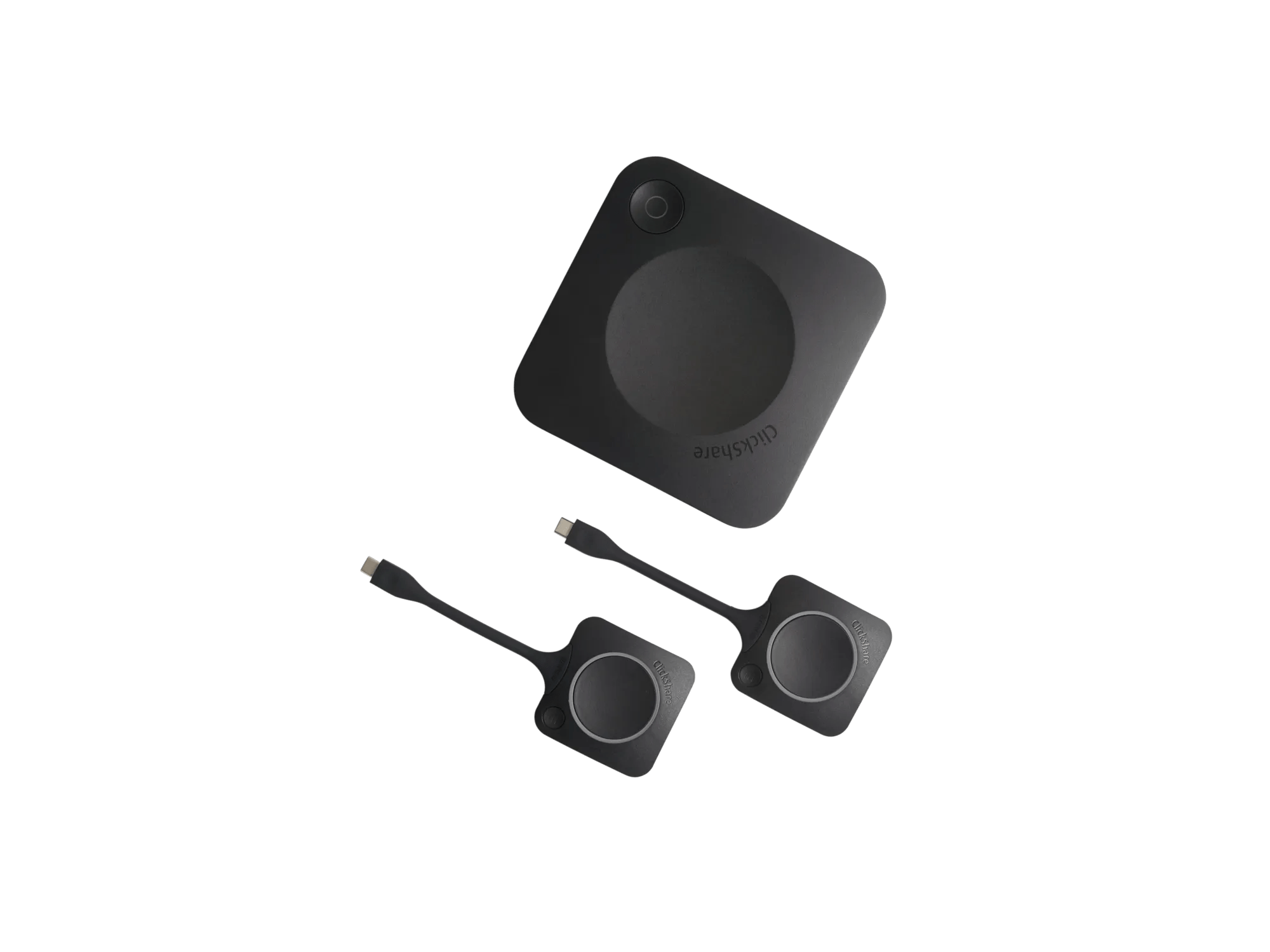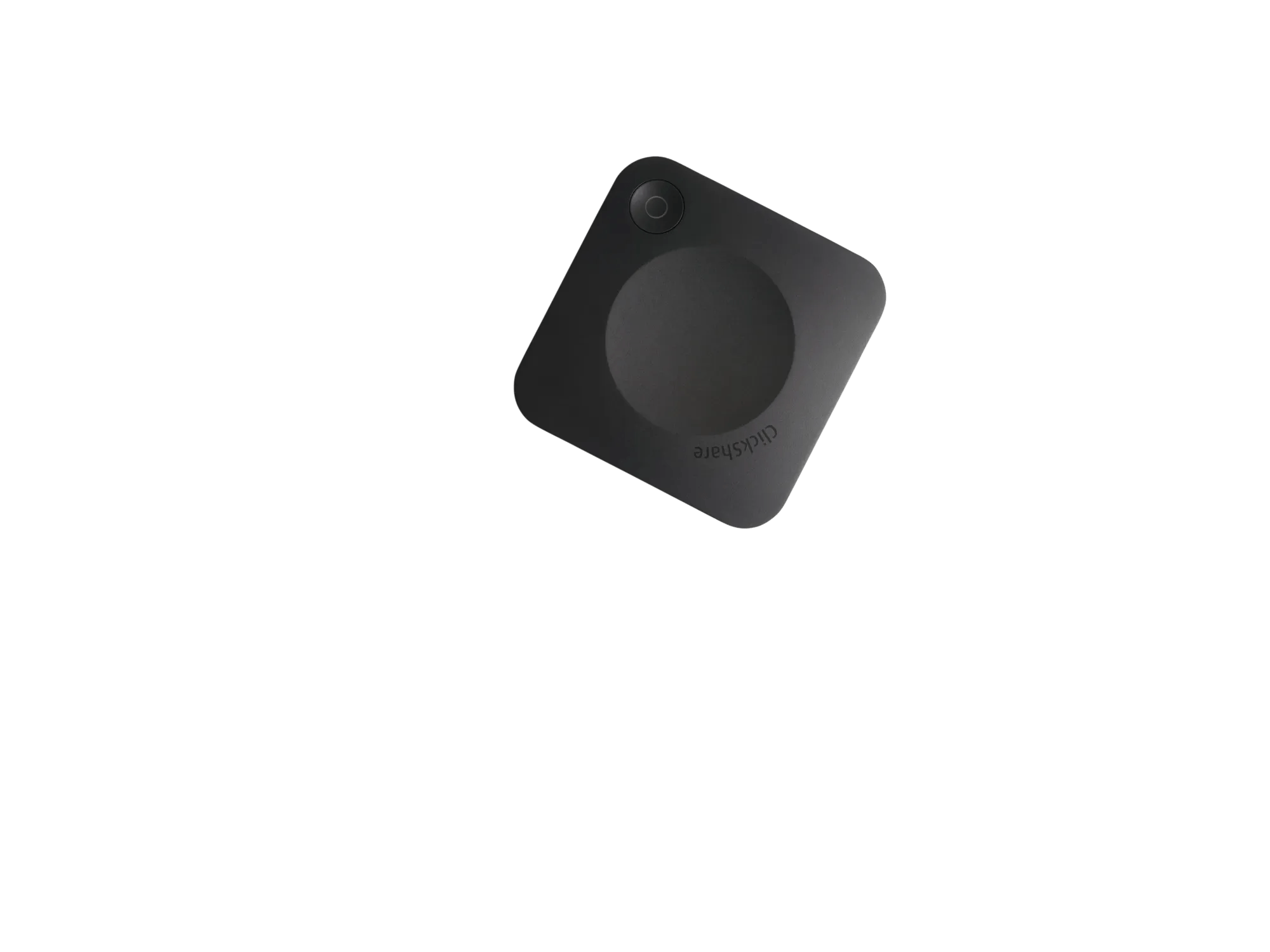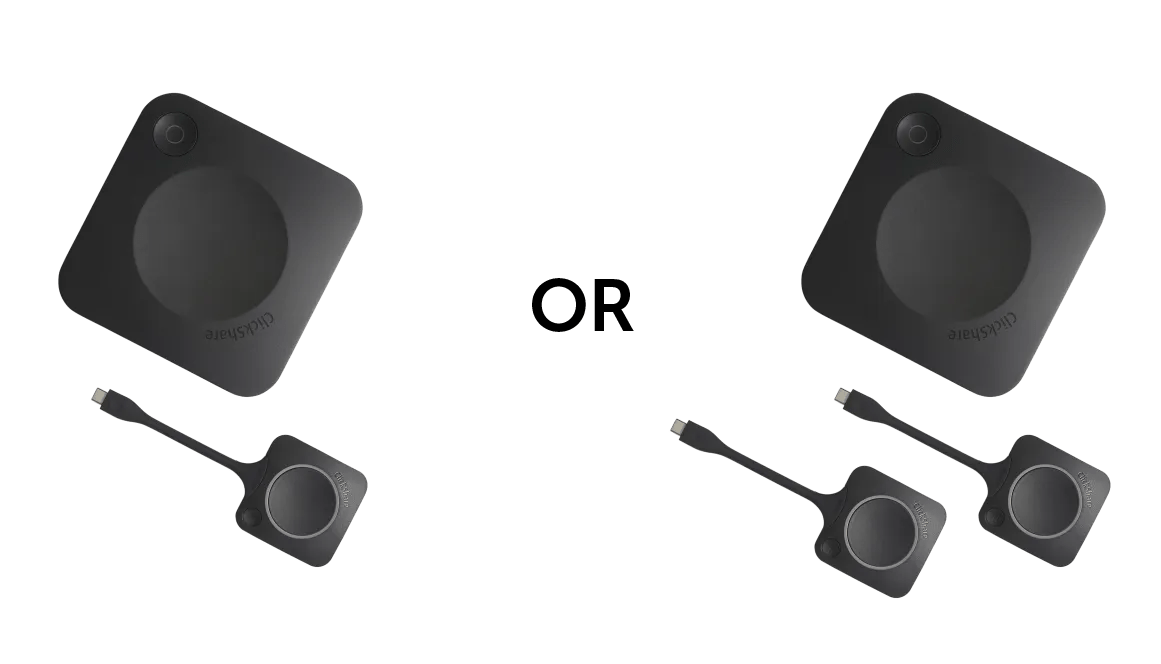Barco Meeting Barometer plunges: time to go for hybrid meetings
混合会议 · 可立享 · 5 分钟阅读
Read more?
Download your copy of the new ClickShare research on hybrid meetings real-time engagement
The Barco Meeting Barometer, the company’s quarterly updated meeting quality index, has recently taken a plunge from +17 in 2020 to -25 now. As we are on the verge of returning to the office post-COVID, the Barco Meeting Barometer signals a growing frustration with virtual meetings. For business leaders, it’s a wake-up call that we should take hybrid meetings more seriously.

If you think you have had your fair share of online meetings, you’re not alone. Voice transcription company Otter.ai recently published a number of mind-boggling statistics for 2020. On average, we spent 13.5% of our time in meetings, middle managers about 35%, and upper managers even 50% of their time. Obviously, in 2020, the bulk of those meetings were held online. Is it any wonder that people got frustrated with virtual meetings?
But it’s not only about the sheer volume of online meetings. In Barco’s 2020 Meeting Trends research, we already found that for 49% of respondents, remote collaboration did not come naturally. Technology often gets in the way of a good meeting experience, and video-enabled meetings are often not as engaging as we want them to be. It’s clear that people are still struggling with virtual meetings.
What is new in our recent Barco Meeting Barometer results, is that not only purely remote meetings evoke negative feelings. The quality of hybrid meetings – with a mix of remote and in-office participants – also seems to be under pressure.
What’s your post-COVID workplace strategy?
This general sense of frustration comes as no surprise. For many of us, adapting to a remote way of working has been a bumpy road. Although we ultimately got used to working remotely, it came with trial and error. Balancing home and office duties proved to be stressful. In addition, not every organization was ready for a quick shift to remote, and with a lack of sufficient tools, people often started installing their own applications, which resulted in an increase of shadow IT, hard to manage by the IT department.
The imminent return to the office comes with the idea that we all will have to adapt again, but this time to the hybrid workplace. The fact that not many organizations have laid out clear guidelines or policies for this shift only adds to the frustration and anxiety. According to recent McKinsey research, only 32% of employers have communicated their strategy on post-pandemic work.
The imminent return to the office comes with the idea that we all will have to adapt again, but this time to the hybrid workplace.
And yet, the hybrid workplace is the only way forward. Purely remote working may have been good to weather the pandemic storm, but most of us will agree that it’s not the optimal way of working. We do need social interaction, we need face-to-face meetings, we need a physical component in our working life. Hybrid work – a mix of physical and digital – will therefore be a part of our daily work routines.
The heart of the hybrid meeting
The hybrid workplace will require business leaders to find a new balance again and adapt the workplace to the new hybrid needs. The majority of hybrid collaboration will still take place inside the meeting room. But the bad news is that meeting rooms are often not equipped for hybrid work yet. According to our research, 65% of employees struggle with different set-ups in meeting rooms, especially when moving from one meeting room to the next. 48% have trouble to connect to the AV peripherals like display, camera, speakers and mic, not knowing which cable is the right one.

Hybrid meetings are on the rise, but the physical meeting room will still be the heart of that hybrid meeting, from where the meeting will be hosted. Being able to offer frictionless hybrid meeting technology will definitely be one of the ways to lower anxiety with our workforce. Hybrid meetings should be easy to start up, easy to join, and easy to participate in. Usability is key here. 78% of our respondents think that they should be able to simply walk into the meeting room and join the call without having to connect cables.
Offering frictionless hybrid meeting technology is one of the ways to lower back-to-the-office anxiety with our workforce.

Taking hybrid seriously
 The Barco Meeting Barometer may show a serious drop, but that doesn’t mean we shouldn’t be optimistic. 80% of our respondents believe that easy-to-use technology can make our hybrid meetings better. Technology can eliminate frictions with meeting room set-ups and can restore confidence in meetings. Fortunately, many business leaders do take the shift to hybrid seriously. They know that investing in solid technology for the hybrid workplace not only increases the organization’s performance, it also creates a higher sense of togetherness between physically divided teams. Using the right technology to connect our people in the office and those working remotely will be so important in our return to the office.
The Barco Meeting Barometer may show a serious drop, but that doesn’t mean we shouldn’t be optimistic. 80% of our respondents believe that easy-to-use technology can make our hybrid meetings better. Technology can eliminate frictions with meeting room set-ups and can restore confidence in meetings. Fortunately, many business leaders do take the shift to hybrid seriously. They know that investing in solid technology for the hybrid workplace not only increases the organization’s performance, it also creates a higher sense of togetherness between physically divided teams. Using the right technology to connect our people in the office and those working remotely will be so important in our return to the office.




